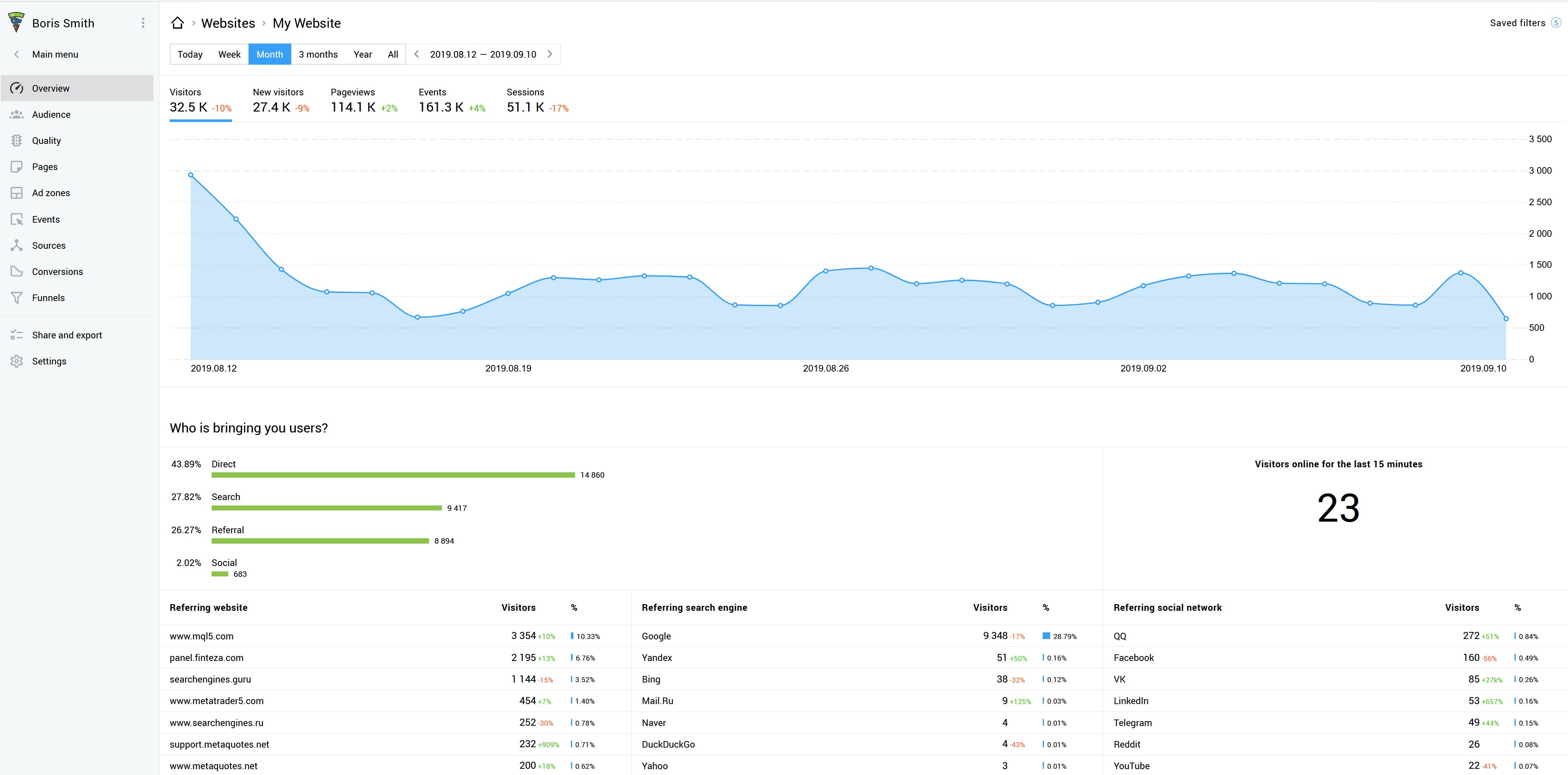Web analytics is a very important element of any company that has a website.
It involves tracking metrics such as unique visitors, average session time, returned visitors and user behavior. These metrics provide valuable information that webmasters can use to check a website’s performance and formulate strategies for optimizing it.
However, finding the right web analytics tool for your business can be a very costly, time-consuming and frustrating experience. There are numerous options out there to choose from, each offering a wide range of features and promising to enhance your performance.
Here are some things to consider when selecting a web analytics tool:
- Your business needs
The first step should be to identify what your business needs are. What exactly do you want to monitor and improve in your business? For instance, you might want to keep track of metrics such as SEO ranking, customer engagement, web traffic, subscriber growth, online sales, time spent on site, bounce rate and even sales lead quality. Look for a web analytics solution that can supply all the data you require. In addition, the tool should be scalable to make provision for the future expansion of your company.
- Technical support required
Find a web analytics service that offers good support during the implementation stage, as well as maintenance afterwards. Here are the questions you need to ask the vendor:
- Is ongoing support part of the package or a separate cost?
- What support channels do you have? (live chat, phone, email)
- At which hours is live support accessible?
- Do you offer product training?
- Is there any product documentation in my language?
- Ease of use
Like most people, you probably don’t want to spend hours trying to figure out how a new web analytics tool works. This is why you should choose a solution that comes with a user-friendly interface. For example, a tool such as Finteza comes with a great dashboard that allows you to view all the important data at one glance. In addition, you need to find a web analytics tool that requires minimal startup training and little user customization. The solution should also be compatible with other existing applications in your business.

- Vendor credibility
Don’t spend your money on a web analytics tool before checking the credibility of the vendor. ‘How long have they been in business?’ ‘What awards and recognitions have they won?’ ‘Which clients have they worked with in the past?’ You can get this information by visiting their website’s ‘About’ page or LinkedIn profile. Don’t forget to Google the name of the company to see what other people are saying about them. This will give you an idea of whether the vendor is trustworthy or not.
- Trial period
When it comes to software, a general rule of thumb is that you don’t buy what you have not tested yet. The web analytics solution should come with a free trial period during which you can get a feel of the product. Does it provide all the data you need? Is the interface intuitive enough? Is it compatible with mobile devices? If you are not satisfied, simply move on and try something else.
Charles Mburugu is a HubSpot-certified content writer/marketer for B2B, B2C and SaaS companies. He has worked with brands such as GetResponse, Neil Patel, Shopify, 99 Designs, Oberlo, Salesforce and Condor. Check out his portfolio and connect on LinkedIn.




